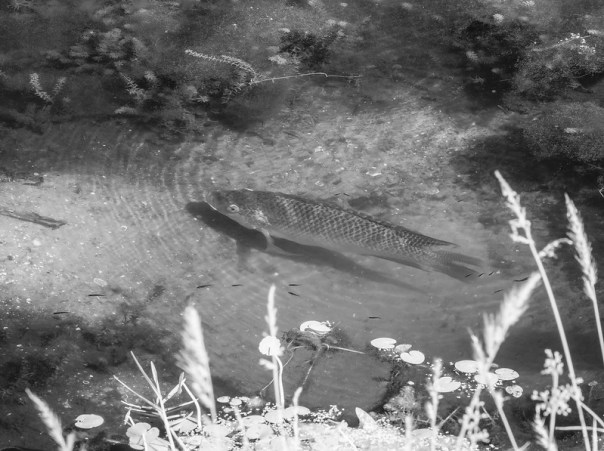While I was sitting around watching the morning news yesterday, I decided I wanted to go check on the Sandhill Crane nests at Viera Wetlands and see whether any chicks have hatched.
It was long after sunrise when I left, but I went in search of landscape photos on the way at Tosahatchee Wildlife Management Area.
 Tosahatchee wetlands – we’ve had a bit of rain recently
Tosahatchee wetlands – we’ve had a bit of rain recently
Wild Iris plants are blooming along the roadside there and I stopped to photograph one. As I was framing my image, a Swallowtail Butterfly swooped in and paused for about a second. I was startled, but had time for a single shutter press before it moved on. Thank you, Mother Nature for completing my composition!
 Wild Iris (Blue Flag, Iris Virginia) and Palamedes Swallowtail
Wild Iris (Blue Flag, Iris Virginia) and Palamedes Swallowtail
There were a lot of folks at Viera when I arrived around noon. I found one of the Sandhill Crane nests from last week’s post. I didn’t see any chicks, but all looked well. Both adults were there and standing at first so I could see one of the eggs.
I also went by the Great Blue Heron nest from last week’s post. There was one adult at that nest. Looking very closely at the images on my computer at home, I can make out a newly hatched chick.

Spring has sprung. At least in Central Florida.
Thanks for stopping by and reading my blog. Now – go make some photos!
©2019, Ed Rosack. All rights reserved





































